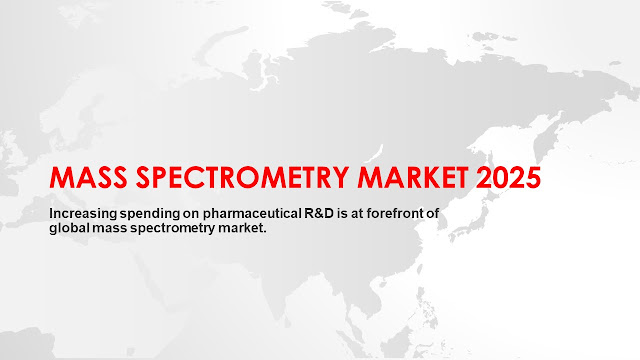Downstream Processing Market: Forthcoming Trends to Boost the Global Industry Revenue
What
This Report Will Provide:
This study involved four major activities in
estimating the current size of the downstream processing market. Exhaustive
secondary research was carried out to collect information on the market, its
peer markets, and its parent market.
The next step was to validate these findings, assumptions, and sizing with
industry experts across the value chain through primary research. Both top-down
and bottom-up approaches were employed to estimate the complete market size.
After that, market breakdown and data triangulation procedures were used to
estimate the size of segments and subsegments.
Expected Revenue Growth:
The
global downstream
processing market is poised to reach USD 22.03 Billion by 2021 from USD
10.32 Billion in 2016, at a CAGR of 16.4%.
Major Growth Booster:
The
growth of this market is propelled by the increasing demand for
biopharmaceuticals and increasing R&D expenditure in the biopharmaceutical
industry. Emerging markets such as Asia-Pacific provide new growth
opportunities to players in the market. On the other hand, the high cost of
instruments and the need for skilled professionals are expected to restrain the
growth of this market to a certain extent during the forecast period. In
addition, purification bottleneck, lack of single-use options, and dearth of
skilled professionals are the major challenges in the downstream processing
market.
Download PDF Brochure:
https://www.marketsandmarkets.com/pdfdownloadNew.asp?id=73180930
The Asia-Pacific region is
expected to grow at the highest CAGR during the forecast period. Countries like
China, Japan, India, and South Korea, are expected to drive the demand for
downstream processing products in the coming years. Also, growth in these
markets will be fueled by significant investments by key market players,
increasing government support, developing R&D infrastructure, and growing
expertise and academic excellence.
North America is the world’s largest pharmaceutical market and a leader in
biopharmaceutical research. North America (comprising the U.S. and Canada)
accounted for the largest share of the global market in 2016. Rising quality
requirements have emphasized the need for advanced bioproduction technology in
this region.
Key Questions Addressed in The Report:
1.
Who are the top 10 players
operating in the global Downstream Processing market?
2. What are the drivers, restraints, opportunities, and challenges in the Downstream
Processing Industry?
3. What are the opportunities for stakeholders and provide details of the
competitive landscape for key players?
4. What will be growth of Healthcare IT in North America, Europe, Asia Pacific,
Latin America, and the Middle East and Africa?
Applications:
Based on application,
the downstream processing market is categorized into monoclonal antibody (mAbs)
production, vaccine production, insulin production, immunoglobulin production,
erythropoietin production, and other applications. In 2016, the vaccine
production segment accounted for the largest share of the market. Technological
advancement in the downstream purification technology to develop high-quality
products such as Vaccines at lower costs is expected to drive the growth of this
segment.
End Users:
Based on end user, the market
is segmented into biopharmaceutical manufacturers and contract manufacturing
organizations (CMOs). In 2016, the biopharmaceutical manufacturers segment
accounted for the largest share of the market. The increasing demand for
biopharmaceuticals among the aging population is expected to accelerate the
growth of the biopharmaceutical manufacturers’ end-user segment.
Request Sample Report:
https://www.marketsandmarkets.com/requestsampleNew.asp?id=73180930
Key Players:
The Downstream
Processing Market is dominated by established players such as
Thermo Fisher Scientific Inc. (U.S.), GE Healthcare (U.S.), Sartorius Stedim
Biotech S.A. (France), Merck Millipore (Germany), and Danaher Corporation
(U.S.).




Comments
Post a Comment